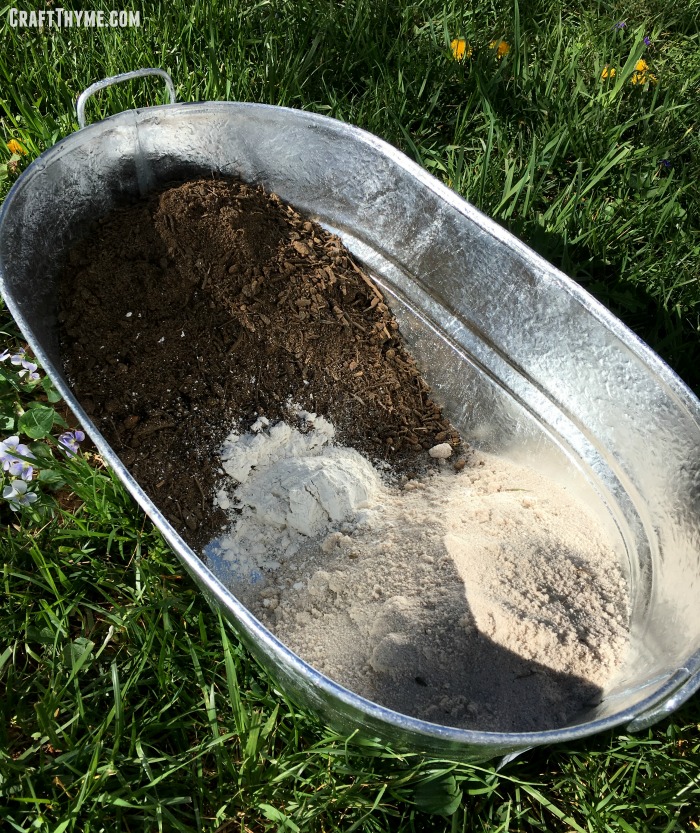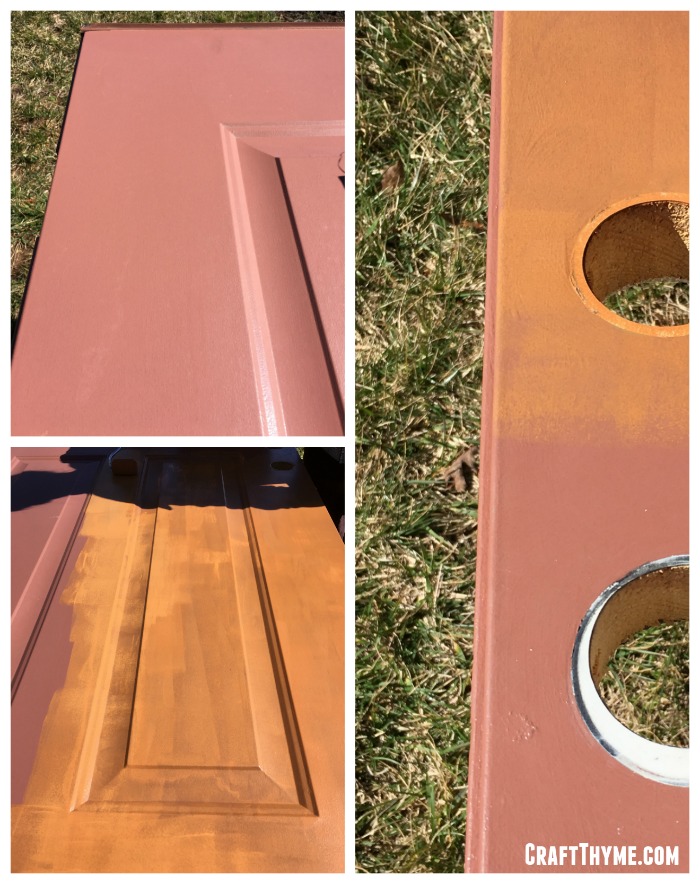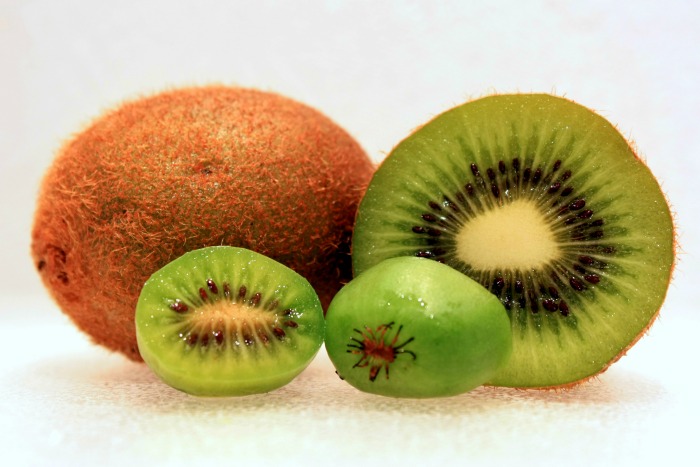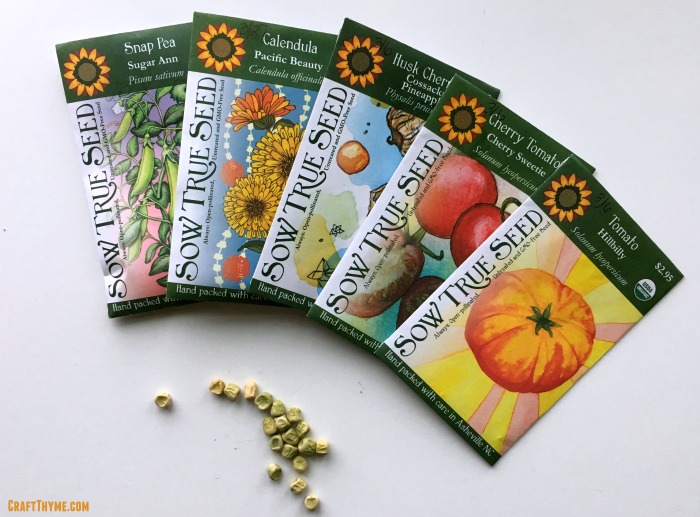
So would you like to know how to make a chicken dust bath? Or even why you should provide a chicken dust bath? While, we aren’t chicken newbies anymore we still have a lot to learn about chickens. One of the things we completely missed the boat on was that chickens need to bathe. But they need to do so in dirt! I saw a picture on Pinterest of chickens laying in tires full of dirt. It was kind of an ah-ha moment as I have often observed our chickens digging holes in the run, flinging wood chips all over their selves, and then laying in the sun. Honestly, I just kind of thought my chickens were weird (and a bit lazy) and didn’t realize chickens take dust baths until I started researching it.
Why Do You Need a Chicken Dust Bath
As with everything in life, I had to over research the hows and whys of chicken dust bathing. But hey, Dear Reader, this works out for you. Chickens naturally take dirt and dig loose holes in dry soil. These soil divots are then used to fling the dry dirt all over their bodies. If you watch they will roll, flap their wings, dig, and fling dirt everywhere. Our coop is built on a concrete pad, so while there are lots of wood chips we do not have a lot of soil. I think many chicken owners who build runs with the deep litter method are in the same boat with chickens kicking up a lot of wood chips on a regular basis.
But the dirt is key. A dust bath supplies chickens with a way to clean excess oil from their feathers and remove pests like mites from their feathers and skin. The chicken dust bath consists of them kicking up dirt, rolling, and flapping their wings in an attempt to coat dust all the way down throughout their feathers. The dirt soaks up oil (Picture one of those lovely mud masks ladies wear on their faces) and the grit knocks pests loose. Additionally, dust bathing is a social activity with hens. They do the activity together, often preening and napping as a flock afterward.
How to Make Chicken Dust Bath
Great! You now know why you need a dust bath but what does that look like? Well I can tell you from painful practice that if you do not provide one, the chickens will supply one for themselves. Ours are constantly digging up their run, toppling water, and generally making a huge mess! As a stop gap we are making a small dust bath out of a galvanized tub. Once we are finished with the chicken coop extension we bought an even larger tub so that multiple chickens can use it together. It is quite simple to make one you just need two items:
A Box & Dirt!
But you can make better and more attractive dust baths with a few more options. We found some attractive galvanized containers and worked to make a dust mix. All items we purchased ourselves but the links below may be affiliate in nature.
Chicken Dust Bath Supplies
Galvanized Tub
Organic Garden Soil
Sand
Diatomaceous Earth (FOOD GRADE ONLY)
For a 5.5 gallon tub I add about 4-5 inches of depth in material. It is almost a 50/50 mix of sand and soil with a cup full of diatomaceous earth. Research shows that many people substitute sand or soil with wood ash. Also the use of diatomaceous earth can be conversational. Often used as an organic pesticide, the product is made of mining deposits of small fossilized sea creatures. It is microscopically sharp and causes insects to die by slicing them up. To humans and chickens it feels like soft talc powder. It can even be eaten (though I am not exactly sold on this idea) and is safe for kids and pets.
Some people worry that it can cause respiratory distress in chickens. I personally weighed the benefits of pest control and decided to add a bit to the bath. I live in a city limits and have to keep the ladies in a run most of the time. Closed up chickens are more likely to contract mites and pests. I try to give my girls lots of space and keep a clean coop to minimize this but I opted for a little additional aid in their bath. If you go with the diatomaceous earth feel free to tell me how we are supposed to be pronouncing it!
edit: Thank you kind readers. I can now pronounce diatomaceous in the finest of company.
I went ahead and ordered the big bag with the thought that the cost was so much cheaper per pound and I could use this to combat slugs and the godforsaken sugar ants. Let us not get off topic about the ants! Unless I decide I really do want to start eating it or making tons of facial scrub products (yep it is good for that too) I probably have enough for years of dust baths! So the investment will be minimal.
Our New Dust Bath and Future Plans
The new dust bath was a hit with the ladies. Well after they decided the galvanized tub did not signal their impending chicken doom! The pros of putting it in a container is that I can make sure their is a nice clean mix that doesn’t fill the run with mud. Additionally I think it is attractive. The con is that it takes the social aspect of dust bathing away from the chickens as it only fits one or two chickens at a time. Our plan is to add this 15 gallon tub in the extension. We already purchased this bigger version and will add it to the coop when we have the space.
In the future (like next house/farm future) I would love to have free range chickens with fancy dust bathing areas like the versions you see on Pinterest. However, making one in a container is so easy I can’t believe we didn’t do it sooner. Of course it would have helped to know they existed :), but now that I know how useful and healthy a chicken dust bath is for my flock I plan to keep them well supplied.
























